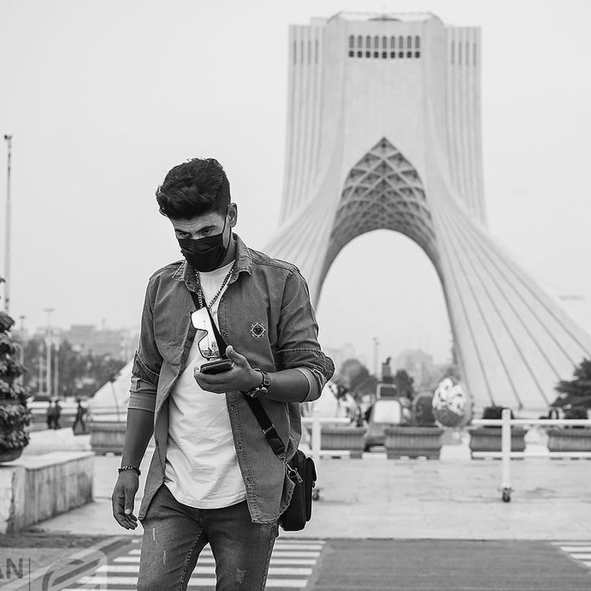
Cite this article

This article examines youth marginalization, fractured family structures, collective despair, and the breakdown of social dialogue in Parviz Shahbazi’s film “Deep Breath” (2003). The film serves as a poignant representation of the transition from the initial euphoria of reform to widespread discontent and the growing belief in the futility of reform efforts. The reform period in postrevolutionary Iran, marked by the presidency of Mohammad Khatami (1997-2005), commenced with high hopes and swiftly descended into disappointment. Khatami’s campaign slogans emphasized citizen rights, particularly those of women and youth, tolerance, democracy, inclusivity, and dialogue among civilizations, garnering widespread support across various demographics. However, by the middle of his second term, optimism had turned to disillusionment: the middle class felt betrayed by the stagnation of political reform while the lower class suffered from unfulfilled economic promises. This sense of disillusionment was especially acute among the youth, which was depicted in cinematic images. By situating “Deep Breath” within the context of Reform Cinema— a genre both influenced by and reflective of the reformist discourse—the article traces this trajectory. Initially, Reform Cinema was imbued with a strong belief in the possibility of socio-political change, marking a shift from wartime martyrdom discourse to celebrating the banality of everyday life, women’s public presence, and youth culture. However, it soon began to reflect the growing collective despair and discontent, exemplified by “Deep Breath,” which portrays the precarious lives of the youth from diverse social classes and backgrounds.


